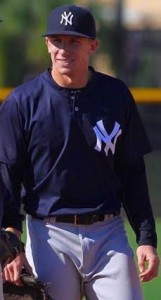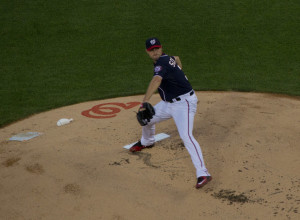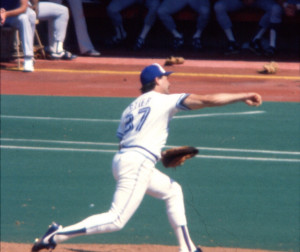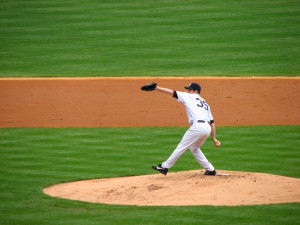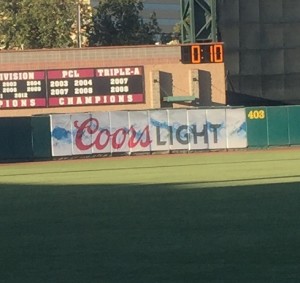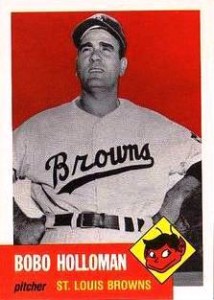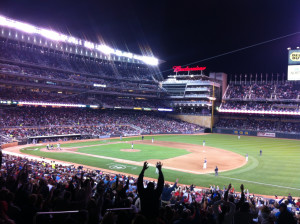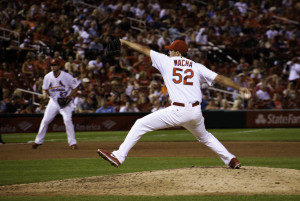Baseball Roundtable is proud to present a guest post – for the BBRT Why I Love Baseball page – from John Michael Murphy – for whom baseball has been a combination of line drives and life lessons.
Murphy was selected by the New York Yankees in the sixth round of the 2013 First-Year Player Draft out of Sacred Heart University (SHU) – the highest MLB draft pick in the history of the SHU baseball program. His collegiate honors include all conference, all region, and All American awards. Murphy led the SHU Pioneers to four Northeast Conference (NEC) championship games, culminating in NEC titles in 2011 and 2012. As senior team captain, Murphy led SHU in batting average (.367) slugging (.565), on base percentage (.442), doubles (13), home runs (4), walks (26), and stolen bases (29). Murphy also stroked plenty of line drives in the renowned Cape Cod League, where he batted .308 with four homers, 16 RBIs and six stolen bases in 104 at-bats – making the All-Star Game before a hamstring injury cut his season short.
Life Lessons
Murphy took what he learned on the baseball field to heart, and you can read about the life lessons he garnered from the national pastime in his guest post.
Murph’s Laws of Baseball (Murphslaws.com)
Murphy has now launched a website – Murph’s Laws of Baseball – dedicated to sharing what he’s learned about baseball’s line drives and life lessons. Here’s how he describes it:
With a pro career coming to an end, I look forward to passing on the information I’ve gained over the years that have allowed me to be successful on my journey of baseball and life. Through drills, articles, and swing analyses from a professional level, I am excited to further baseball fanatics’ knowledge of the game.
Want to learn more? Click here to visit Murphy’s site. Want a look at how Murphy analyzes the hitting stroke? Click here for his guest post on the Be A Better Hitter website. Now, for a look at baseball’s life lessons, read on.
Why I Love Baseball – Line Drives and Life Lessons
By John Michael Murphy
Throughout my years of playing baseball at the Little League through professional levels, I learned many different life lessons. Baseball has taught me about character, responsibility, work ethic, and the value of maintaining dedication to a goal. If I hadn’t played the sport I love for the last 20 years of my life, I don’t know where my life would be today.
A commitment to going about my business the right way – both on and off the field – is something I will always have with me as a result of playing this game. Being respectful to everyone on field, in the dugout, or in the crowd not only reflected my respect for the game, but also helped me form positive habits and attitudes related to how I treat those outside the game. Having respect for the world and people around us is something that is lost in today’s society. We tend to be selfish and care about things that are only beneficial to ourselves. The way we think and behave determines our character. By playing the game of baseball, I learned to behave in a respectful manner – ensuring I would not embarrass myself, my team and coaches and, most important, my family.
Baseball, particularly at the collegiate level, also taught me a lot about time management, setting priorities and following through. Managing responsibilities and priorities in collegiate athletics is a challenging task. Having class all morning, going to team workouts, going to practice, back to class, then finishing work and studying will force you to develop good habits. The time management skills I developed – going from freshman year where I struggled with the process, to senior year, where I didn’t have to think twice about where I would be at any hour of the day – have served me well. Being able to balance tasks and set priorities makes my everyday life easier and I have baseball to thank for that.
Baseball also taught me a lot about setting, and keeping your eyes on, important goals. Having and sustaining the motivation necessary to reach a goal is what creates successful individuals. Baseball motivated me more than I could ever imagine. Once I was able to realize my ability, my goal setting never stopped. In high school, my goals went from making varsity to playing Division 1 baseball. Once those goals were achieved, my targets were elevated, progressing into wanting to start as a freshman in college to playing professional baseball. By setting those goals and letting nothing come between me and the process of achieving them, I allowed myself to realize that success, in any task, is achievable if your work ethic, mindset, and actions are all goal-based.
Along the ride, I have made some of the most amazing relationships. I have met and made best friends who will always be a part of my life, no matter where we end up. Meeting those coaches and players, learning how to manage my days, how to work towards goals, and how to handle myself in a professional manner are all part of who I am today – and why I love baseball.
